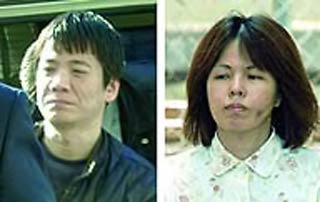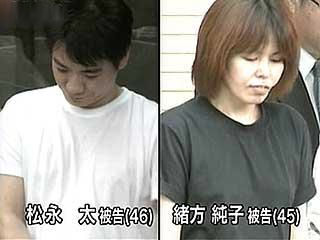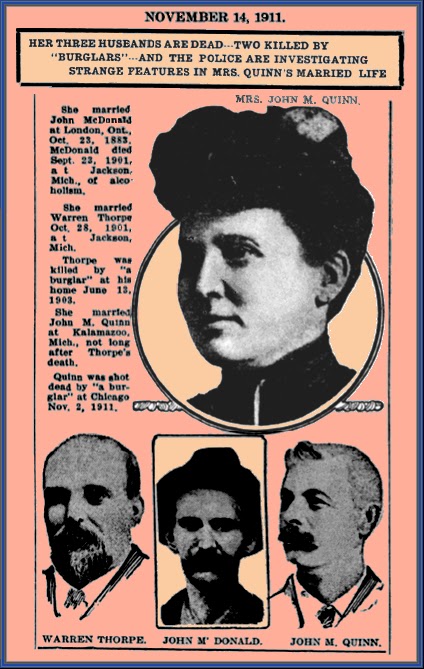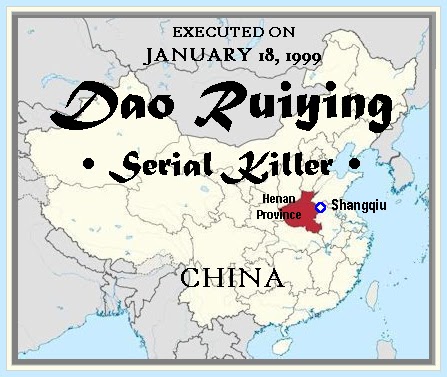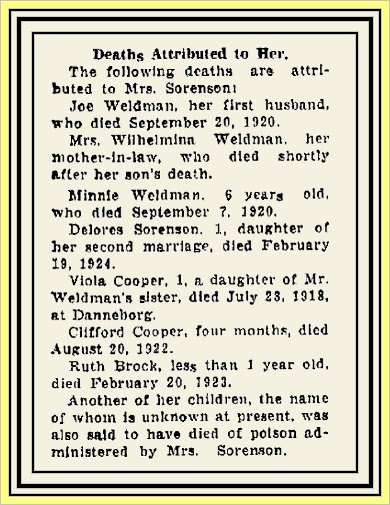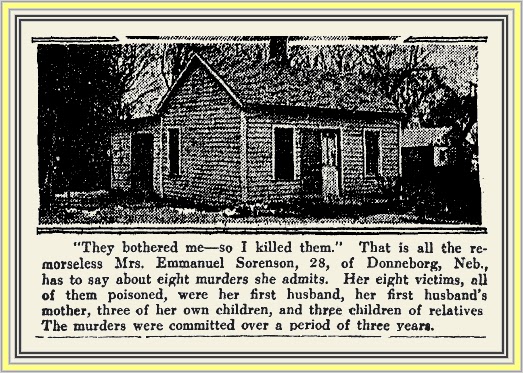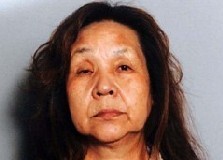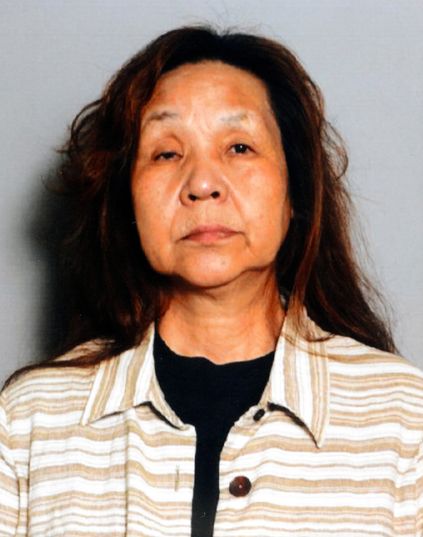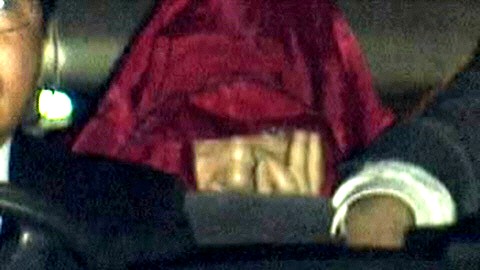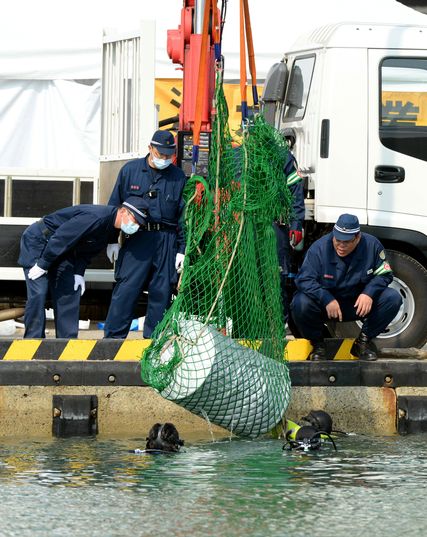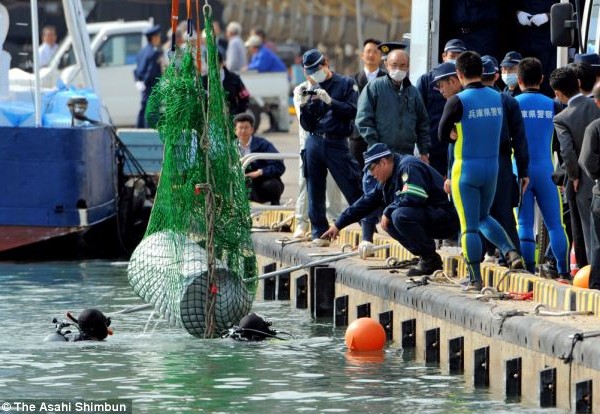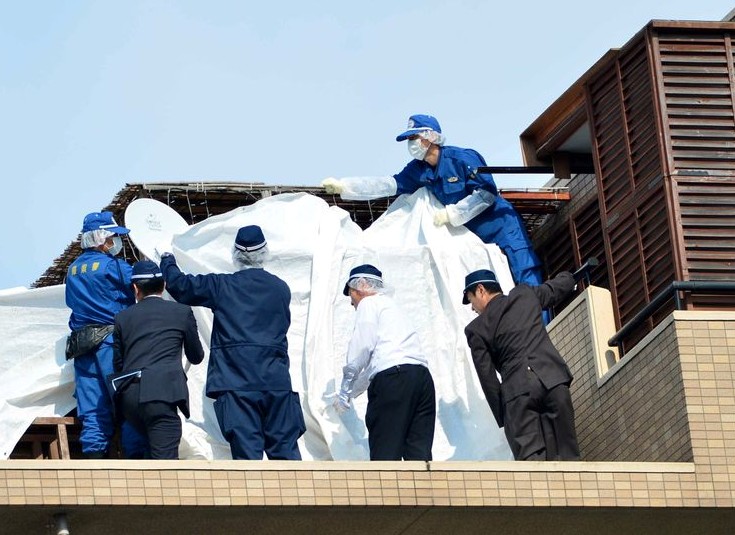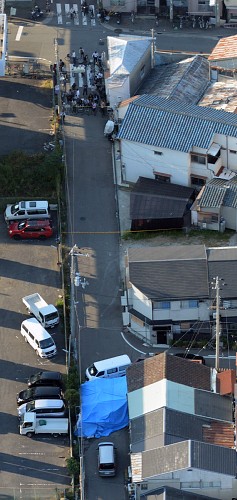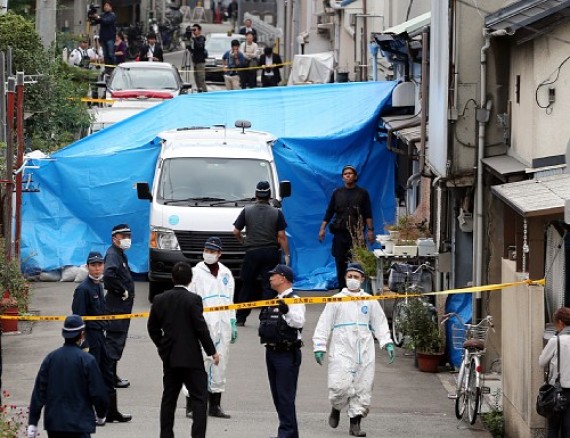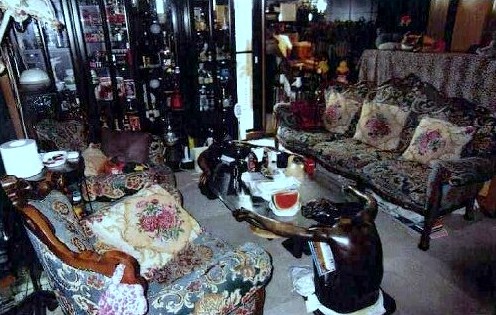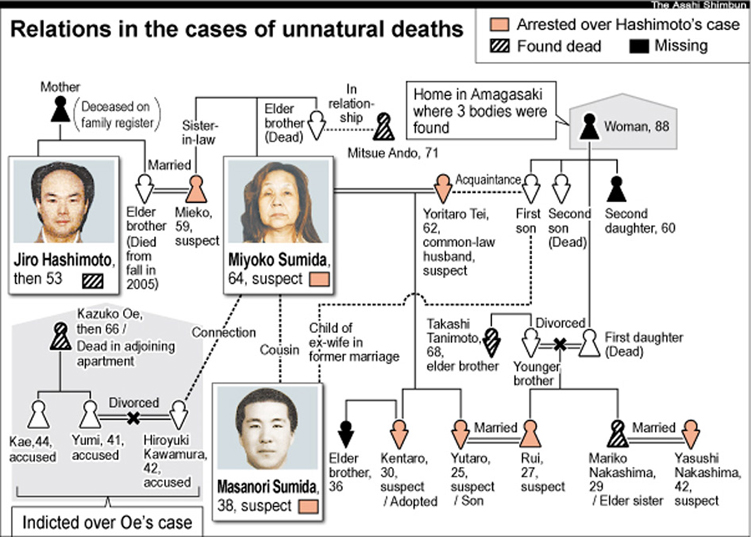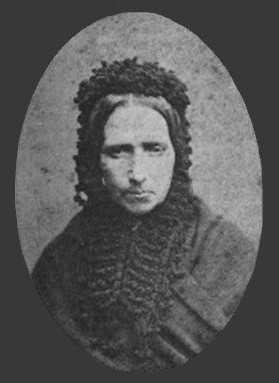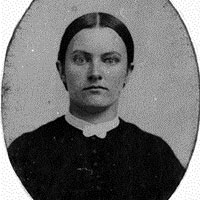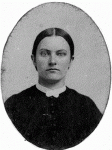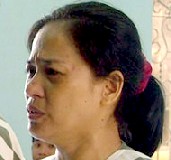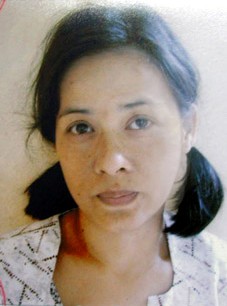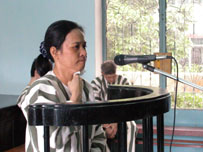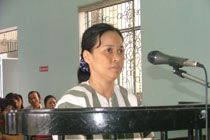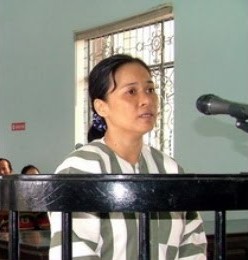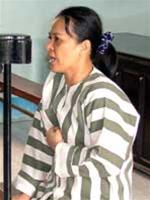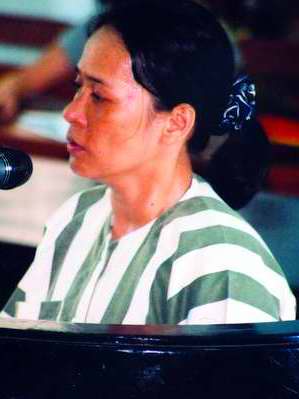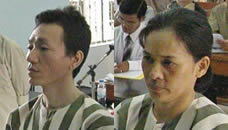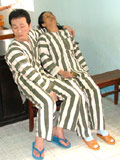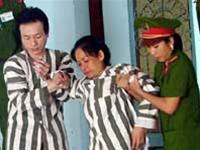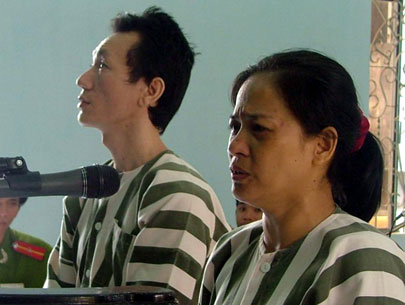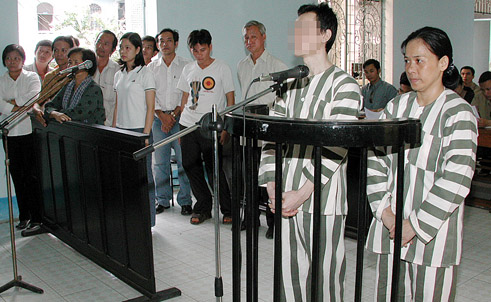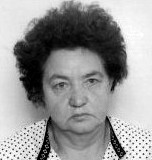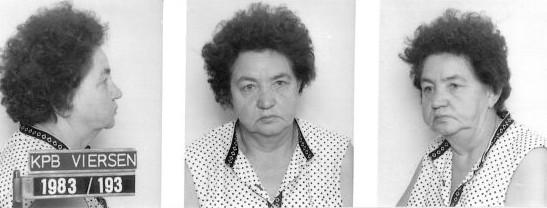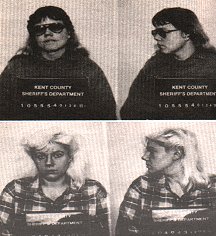SCULL, SARAH JANE NEWMAN [SALLY]

SCULL, SARAH JANE NEWMAN [SALLY] (1817–?). Sally Scull (Skull), the daughter of Rachel (Rabb) and Joseph Newman, was born in 1817 and arrived in Texas with the first settlers in Stephen F. Austin's colony. She was noted for her husbands, her horse trading, her aim with the two pistols she wore, her forceful language, and for hauling cotton and critical supplies for the Confederacy. On October 13, 1833, she married Jesse Robinson, who was twice her age. He had served in the first Texas Ranger company ten years earlier and in several Indian campaigns. They moved to Jesse's land grant, twelve miles north of Gonzales, where in March 1836 Sally in all probability was caught in the Runaway Scrape with her two-year-old daughter, while Jesse fought at San Jacinto. He divorced her on March 6, 1843, in Colorado County, where she was living on her inherited land. She married George H. Scull eleven days later. In December 1844 they sold 400 acres of her land and their livestock. Legend is that she spent the next several years contesting with Jesse the custody and education of their children, Nancy and Alfred. In 1849 she declared that Scull was dead. In 1852 she attended Henry L. Kinney's fair in Corpus Christi, and John S. Ford later wrote that he saw her shoot a man there. She took up residence at Banquete, twenty-five miles west of Corpus Christi, and later purchased 150 acres there. In the mid-1850s a European tourist recorded her activities and reputation.
"The conversation of these bravos drew my attention to a female character of the Texas frontier life, and, on inquiry, I heard the following particulars. They were speaking of a North American amazon, a perfect female desperado, who from inclination has chosen for her residence the wild border-country on the Rio Grande. She can handle a revolver and bowie-knife like the most reckless and skillful man; she appears at dances (fandangos) thus armed, and has even shot several men at merry-makings. She carries on the trade of a cattle-dealer, and common carrier. She drives wild horses from the prairie to market, and takes her oxen-waggon, along through the ill-reputed country between Corpus Christi and the Rio Grande."
Sarah Jane was married three more times: on October 17, 1852, to John Doyle, who disappeared; on December 20, 1855, to Isaiah Wadkins, whom she divorced in 1858; and by 1860 to Christoff Horsdorff. She was eighteen years his senior. At the outbreak of the Civil War, she quit trading livestock to haul Confederate cotton to Mexico for shipment to Europe. Banquete was at midpoint on the cotton road, and Sally operated trains of wagons carrying cotton from the railhead at Alleyton on the Colorado River to Matamoros. The imported goods moved to the railhead on the backhaul. The time and cause of her death is unknown. One story in several versions is that her last husband killed her for her gold and buried her in a shallow grave. Another is that she moved to a relative's home near El Paso. The last written record found on her activities is in the Goliad District Court minutes, stating that she was indicted for perjury on May 4, 1866, and acquitted May 11.
BIBLIOGRAPHY:
T. Virginia Bradford, Sallie Scull on the Texas Frontier: Phantoms on Rio Turbio (San Antonio: Naylor, 1952). Dan Kilgore, "Two Sixshooters and a Sunbonnet: The Story of Sally Skull," in Legendary Ladies of Texas, ec. Francis E. Abernethy (Dallas: E-Heart, 1981). Oran Warden Nolen, "Guntoting Woman Horse Trader," Cattleman, July 1943. Joyce Gibson Roach, "The Story of Sally Skull, Border Horse Trader," Horseman, April 1972.


SCULL, SARAH JANE NEWMAN [SALLY] (1817–?). Sally Scull (Skull), the daughter of Rachel (Rabb) and Joseph Newman, was born in 1817 and arrived in Texas with the first settlers in Stephen F. Austin's colony. She was noted for her husbands, her horse trading, her aim with the two pistols she wore, her forceful language, and for hauling cotton and critical supplies for the Confederacy. On October 13, 1833, she married Jesse Robinson, who was twice her age. He had served in the first Texas Ranger company ten years earlier and in several Indian campaigns. They moved to Jesse's land grant, twelve miles north of Gonzales, where in March 1836 Sally in all probability was caught in the Runaway Scrape with her two-year-old daughter, while Jesse fought at San Jacinto. He divorced her on March 6, 1843, in Colorado County, where she was living on her inherited land. She married George H. Scull eleven days later. In December 1844 they sold 400 acres of her land and their livestock. Legend is that she spent the next several years contesting with Jesse the custody and education of their children, Nancy and Alfred. In 1849 she declared that Scull was dead. In 1852 she attended Henry L. Kinney's fair in Corpus Christi, and John S. Ford later wrote that he saw her shoot a man there. She took up residence at Banquete, twenty-five miles west of Corpus Christi, and later purchased 150 acres there. In the mid-1850s a European tourist recorded her activities and reputation.
"The conversation of these bravos drew my attention to a female character of the Texas frontier life, and, on inquiry, I heard the following particulars. They were speaking of a North American amazon, a perfect female desperado, who from inclination has chosen for her residence the wild border-country on the Rio Grande. She can handle a revolver and bowie-knife like the most reckless and skillful man; she appears at dances (fandangos) thus armed, and has even shot several men at merry-makings. She carries on the trade of a cattle-dealer, and common carrier. She drives wild horses from the prairie to market, and takes her oxen-waggon, along through the ill-reputed country between Corpus Christi and the Rio Grande."
Sarah Jane was married three more times: on October 17, 1852, to John Doyle, who disappeared; on December 20, 1855, to Isaiah Wadkins, whom she divorced in 1858; and by 1860 to Christoff Horsdorff. She was eighteen years his senior. At the outbreak of the Civil War, she quit trading livestock to haul Confederate cotton to Mexico for shipment to Europe. Banquete was at midpoint on the cotton road, and Sally operated trains of wagons carrying cotton from the railhead at Alleyton on the Colorado River to Matamoros. The imported goods moved to the railhead on the backhaul. The time and cause of her death is unknown. One story in several versions is that her last husband killed her for her gold and buried her in a shallow grave. Another is that she moved to a relative's home near El Paso. The last written record found on her activities is in the Goliad District Court minutes, stating that she was indicted for perjury on May 4, 1866, and acquitted May 11.
BIBLIOGRAPHY:
T. Virginia Bradford, Sallie Scull on the Texas Frontier: Phantoms on Rio Turbio (San Antonio: Naylor, 1952). Dan Kilgore, "Two Sixshooters and a Sunbonnet: The Story of Sally Skull," in Legendary Ladies of Texas, ec. Francis E. Abernethy (Dallas: E-Heart, 1981). Oran Warden Nolen, "Guntoting Woman Horse Trader," Cattleman, July 1943. Joyce Gibson Roach, "The Story of Sally Skull, Border Horse Trader," Horseman, April 1972.





